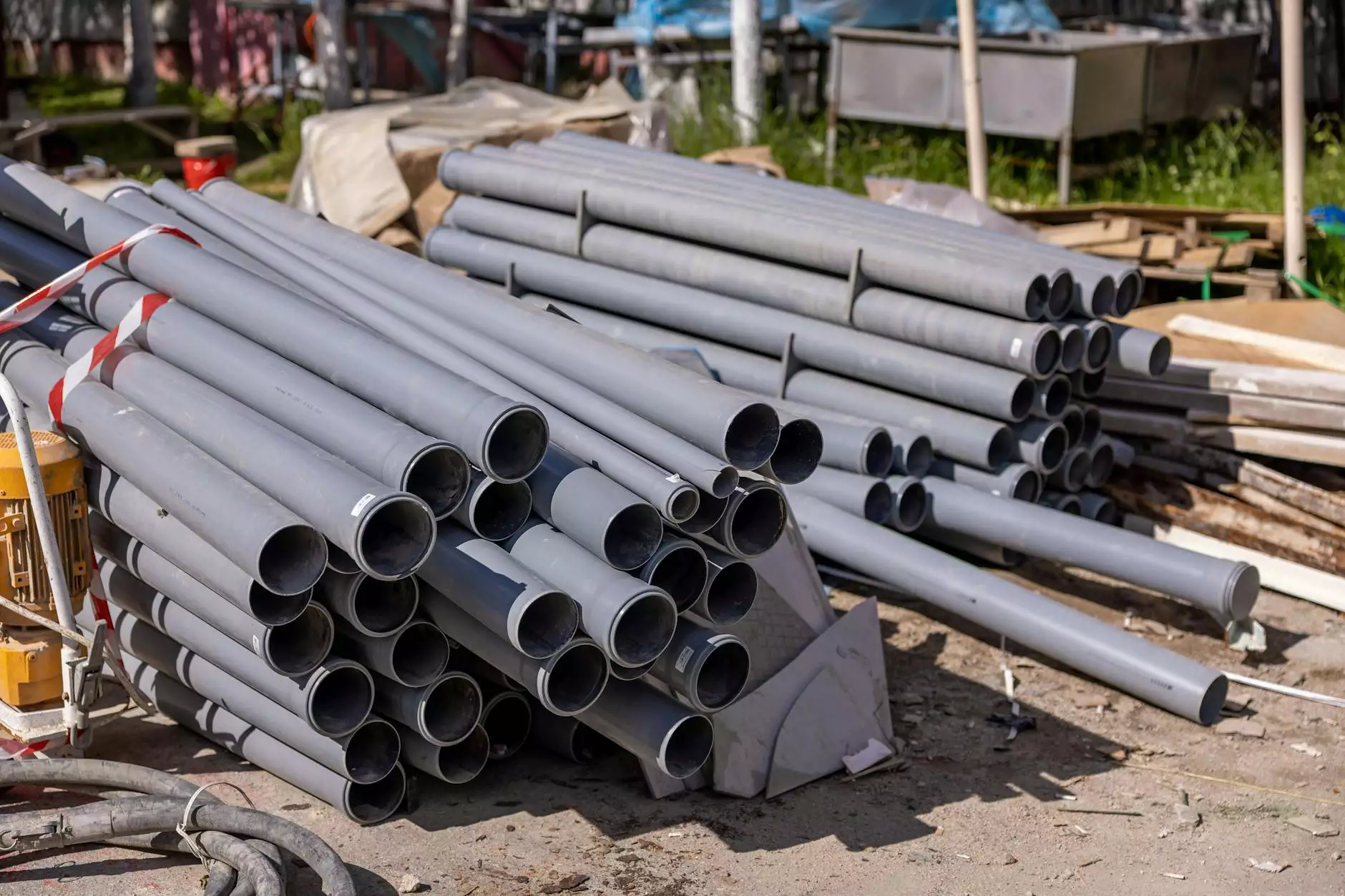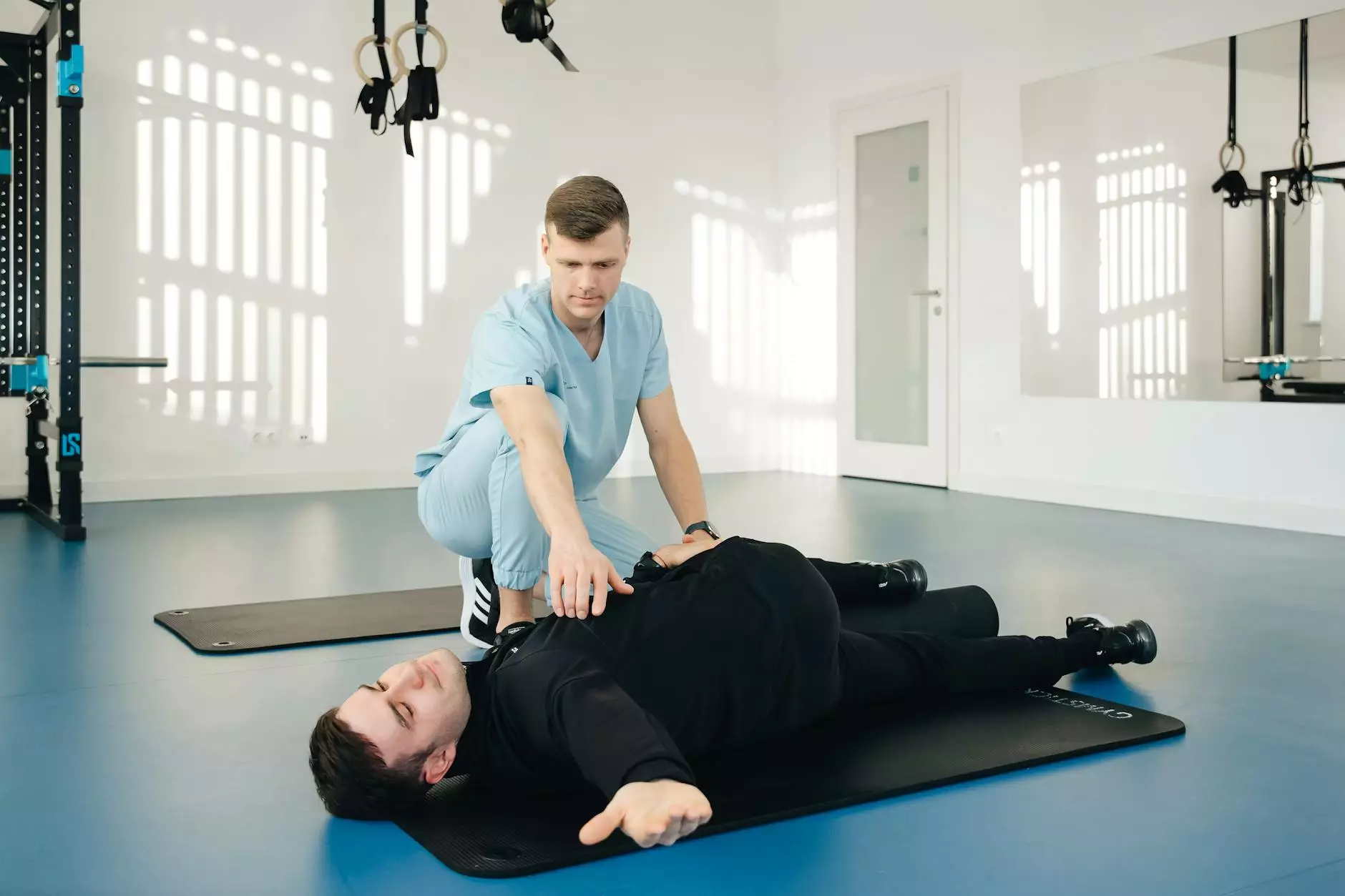Understanding Early Blood Clot Symptoms: A Comprehensive Guide

The human body is an intricate system of veins, arteries, and various cellular elements that work tirelessly to ensure proper circulation. One of the crucial aspects of this system is the formation of blood clots, which can be both a protective mechanism and a potential health hazard. In this article, we will delve deep into the topic of early blood clot symptoms, providing valuable insights that can help you identify the signs and seek timely medical attention.
What Are Blood Clots?
Blood clots are gel-like clusters of blood that can form when you have experienced an injury, but they can also arise in the absence of an injury, leading to serious health complications. These clots play a vital role in the body by preventing excessive bleeding during injuries. However, when blood clots form inappropriately within the blood vessels, it can lead to conditions such as deep vein thrombosis (DVT) or pulmonary embolism (PE), which can be life-threatening.
Recognizing the Importance of Early Blood Clot Symptoms
Identifying the early blood clot symptoms is crucial for effective intervention. Many individuals may overlook or misinterpret these symptoms, resulting in delayed treatment and severe complications. Knowing what to look for can save lives.
Common Types of Blood Clots
Before we explore the symptoms, it is essential to understand the different types of blood clots:
- Deep Vein Thrombosis (DVT): A clot that forms in a deep vein, often in the legs.
- Pulmonary Embolism (PE): A clot that travels to the lungs, blocking blood flow.
- Arterial Clots: Clots that form in the arteries, potentially leading to heart attacks or strokes.
Early Blood Clot Symptoms to Watch For
Understanding the signs of a potential blood clot can equip you to act swiftly. Here are some early blood clot symptoms that you should be aware of:
1. Swelling in One Leg
If you notice sudden swelling in one leg, particularly if accompanied by tenderness or pain, it’s essential to seek medical advice. This can be a significant indicator of DVT.
2. Pain or Tenderness
Pain in the leg, especially when walking, can signify a developing blood clot. Typically, this pain may feel like cramping or soreness.
3. Warmth and Redness
In addition to pain and swelling, the affected area may feel warmer than the surrounding skin and may appear red or discolored.
4. Shortness of Breath
If a blood clot travels to the lungs, you may experience sudden shortness of breath, which may be accompanied by chest pain. This could indicate a pulmonary embolism—an emergency condition requiring immediate care.
5. Rapid Heart Rate
A sudden increase in heart rate can indicate that your body is under stress from potential heart or lung complications due to a clot.
Why Do Blood Clots Form?
Understanding the causes can help you take preventive measures. Blood clots can form due to:
- Immobility: Long periods of inactivity, such as during long flights or surgeries, can promote clot formation.
- Injury: Damage to blood vessels can trigger clotting mechanisms.
- Hormonal Changes: Hormonal fluctuations, especially during pregnancy or hormone replacement therapy, may increase the risk.
- Genetic Factors: A family history of clotting disorders can predispose individuals to blood clots.
Having a Risk Factor for Blood Clots
Certain individuals face a higher risk of developing blood clots. Consider these risk factors:
- Age: People over 60 are at a greater risk.
- Obesity: Excess weight can hinder blood flow.
- Smoking: Tobacco use can damage blood vessels.
- Medical Conditions: Conditions such as cancer, heart disease, or inflammatory diseases heighten the risk.
Diagnosis of Blood Clots
Prompt diagnosis is key in managing blood clots. Medical professionals may utilize various methods, including:
- Doppler Ultrasound: A common and non-invasive method to visualize blood flow.
- CT or MRI Scans: Imaging tests to confirm the presence of a clot in larger veins or arteries.
- Blood Tests: Tests like D-dimer can help assess clotting activity in the body.
Treatment Options for Blood Clots
Once diagnosed, treatment options may vary based on the location and severity of the clot:
- Anticoagulants: Medications that thin the blood and prevent further clotting.
- Thrombolytics: Clot-busting drugs that dissolve existing clots.
- Compression Stockings: These help improve blood flow and reduce swelling.
- Surgical Procedures: In severe cases, procedures may be necessary to remove the clot or place filters to prevent further complications.
Prevention of Blood Clots
Preventing blood clots is often possible through simple lifestyle adjustments:
- Stay Active: Regular exercise helps improve circulation.
- Avoid Prolonged Sitting: If you’re on a long flight or road trip, take breaks to move around.
- Hydration: Drinking plenty of water can thin the blood and help with circulation.
- Wear Compression Garments: Especially during long periods of immobility.
When to Seek Medical Attention
If you experience any of the aforementioned early blood clot symptoms, do not hesitate to seek immediate medical care. Timely intervention can be critical in preventing severe complications.
Conclusion
Being aware of early blood clot symptoms is essential for anyone, especially those with risk factors or a family history of blood clots. Educating yourself and others can lead to timely diagnoses and effective treatment, saving lives in the process. Always consult with healthcare professionals if you suspect any abnormalities in your health. Your awareness and action can make all the difference.
About Truffles Vein Specialists
At Truffles Vein Specialists, we are committed to providing the highest quality vascular care. Our team of experienced doctors specializes in diagnosing and treating various vein-related conditions, including blood clots. We emphasize the importance of early detection and offer comprehensive treatment options tailored to each patient’s needs. For more information, visit trufflesveinspecialists.com.









